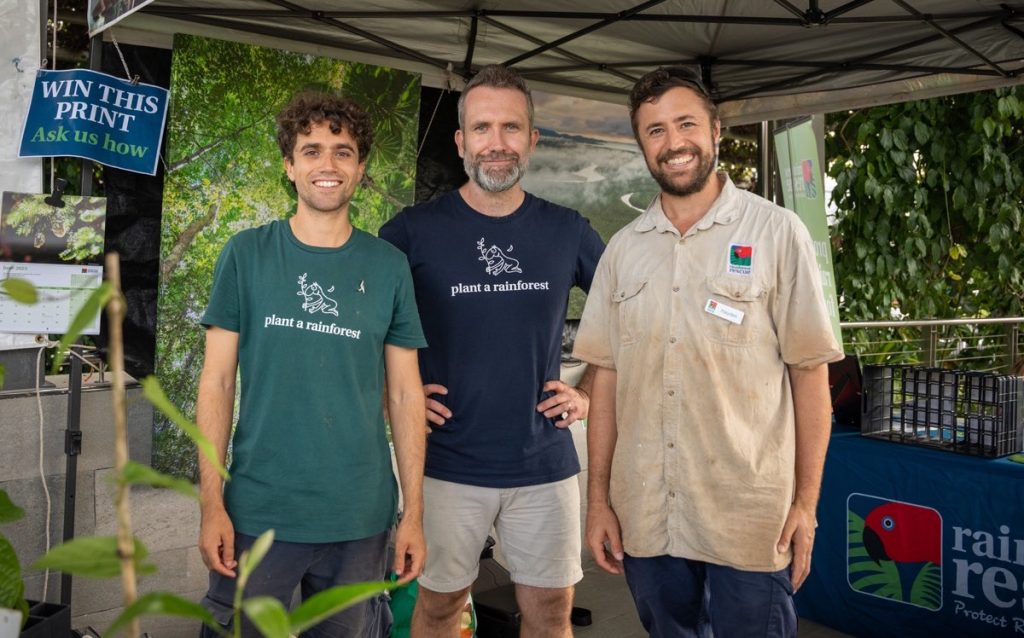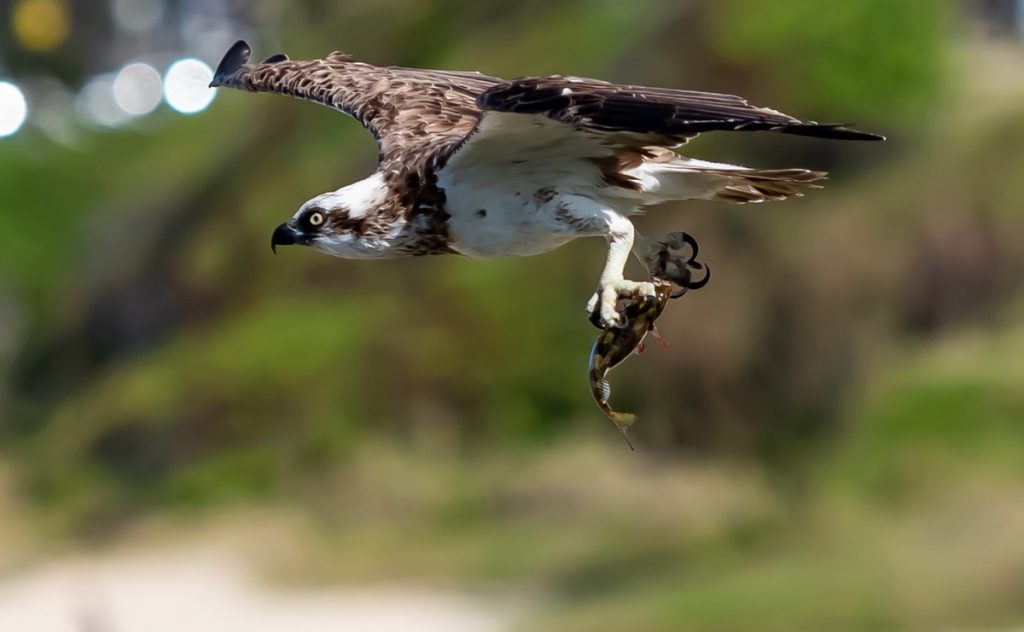Rainforest Welcome to Mark Cox
We are delighted to introduce the newest member of the Rainforest Rescue team: Mark Cox. Please join us in extending a warm rainforest welcome to Mark, who has joined us as our new Communications Manager.

Mark (centre) , Nico (left) and Hayden (right) — 2023 Cairns EcoFiesta, © Martin Stringer
At Rainforest Rescue, we’re always on the lookout for individuals who possess exceptional technical skills coupled with a profound connection to the environment — individuals that carry with them a passionate drive to utilise those skills to bring about lasting and positive environmental change. As an organisation committed to the mission of Protecting and Restoring rainforests, we consider ourselves incredibly fortunate to have attracted the attention of such remarkable individuals. Mark exemplifies this commitment in every way.
We managed to extract Mark from his busy workload and subject him to some rigorous questioning …
———————
Hello and welcome, Mark. What originally brought you to Rainforest Rescue?
Thanks! Rainforest Rescue and I first crossed paths about ten years ago. I was living in South Australia at the time and visited Far North Queensland annually to escape the chilly winters down south. The Daintree Rainforest was an otherworldly experience for me, especially as I was coming from such a different environment in SA! Standing under a fan palm gallery with the sunlight peeking through while huge butterflies drift past over a miniature forest creek… Wow.
I reckon I found a postcard in a coffee shop that had a picture of the Daintree and a Rainforest Rescue logo on the back of the card. It sat next to my computer at work as a reminder of a special place, then one New Year I made a donation as a gesture of goodwill to a region I had a fondness for.
Fast forward a decade… here we are!
And you’re certainly no stranger to our Annual Tree Plantings! What compelled you to make the leap from rainforest rescuer & volunteer to working for this organisation as Communications Manager?
That’s right! It’s a whole family affair for us at the Annual Tree Plantings – they’re addictive!
When the opportunity to work for Rainforest Rescue arose it was a real ‘Let’s do this!’ moment. Ever since my time many years ago working for the World Wildlife Fund in the UK I’ve had a little note which says ‘What are you doing to make things better?’ It’s a bit of a guiding principle for me, what can I offer that’s going to create some kind of positive outcome?
When it comes to Rainforest Rescue, it’s the chance to help in healing the environment and everything that connects to it. As a Communications Manager, the sharing of stories is central to this healing and the restorative impact that comes from a protected place. If I can help others, through experiencing the difference that can take place in one of the earth’s oldest natural habitats, to feel compelled to make things better too, that’s a job well done!
And in what seems a relatively short amount of time, you’ve already gotten involved in almost all of Rainforest Rescue’s activities — which of these excites you the most?
Hmm… that’s tough, as there’s so much that excites me!
Collectively, realising our future potential is what makes me really hum. When you consider the scale of operations of our new native nursery as it grows towards capacity of 150,000 trees a year, of the opportunity to grow a ‘restoration economy’ employing local people within the region and the stories and learnings from this that we can share with a bigger audience… That’s really cool. It’s also inspiring as our activities are taking place against a national and international backdrop of concern about just how immense human impact has been on the planet. I feel like we’re approaching a crossroads with our collective actions, where we’re going to be looking for solutions that create systemic change.
Also, as a keen birdwatcher, knowing that there are species returning to restored habitat. So good!
Yes, it’s incredibly exciting to be part of an organisation that is making such a positive impact in the local community and indeed the world.

Osprey — 2018 Qld, Image via Flickr by texaus1
As a keen ‘birder, what would be your most favourite feathered friend
Gee, that’s another toughie!
We’re absolutely spoilt for choice in the Wet Tropics, there are hundreds of bird species to encounter and some really special endemic species too. Seeing birds like Fernwren, Chowchilla and Golden Bowerbird is always memorable as they’re real gems of the region. Sadly, they’re all at risk from climate change as their altitudinal habitat gets forced ‘upwards’.
Despite such rarities, I’m going to pick Osprey.
Having grown up in the centre of England, these birds of prey were a truly rare encounter when I was younger, it required a trip to Scotland to see one (or a ‘twitch’ when they turned up unexpectedly elsewhere). Now, I see them every day as there’s a family nesting on top of a roadside telegraph pole near our house in Far North Queensland!
I always smile when I see them flying to and from the nest, especially when one is carrying a freshly caught fish. They’re captivating.
Scotland is stunning, that’s for sure, and we’re absolutely spoilt for birds here — you can trace back the lineage of most of the world’s birds to Australia! Before we conclude this lovely chat, Mark, please tell us a little bit about the future of Rainforest Rescue, and your aspirations as Communications Manager.
Sure.
Before I do, I must mention a book recommendation! ‘Where Song Began’ by Tim Low expands on your point about bird lineage tracing back to Australia, it’s a fascinating read. Many ancient species still exist here in Australia, one of which, the Southern Cassowary, is such a striking emblem of our precious rainforest habitat. They give Ospreys a run for their money on my list of favourites!
Aspirations…
Well, the big one would be to know that Australian rainforests are getting bigger, not smaller, for the first time in hundreds of years. Reversing decades of fragmentation and biodiversity loss, what an achievement that will be.
But, before we can realise that, the proximity of experience makes such a difference to how invested people become in caring about the future of something. Which makes me determined to bring the rainforest to people, so that it enraptures them. How we’ll go about doing so is such a brilliant challenge. Watch this space!
Communication is nothing without dialogue–which is an aspiration I’m really enjoying realising. This happens through spending time listening to our amazing and generous supporters, having conversations with the people who live in close proximity to the rainforest areas we’re protecting and restoring, and meeting people who are passionate about human impact on natural environments. Collectively, the discourse with such diverse audiences makes you realise how multi-faceted communications can be. My role is different every day!
———————
Thank you so much for taking the time out to chat to us, Mark. We’re thrilled to have you on the team.
Want more good Rainforest news in your life?
Subscribe to our eNews | Follow us on Instagram | Like us on Facebook | Subscribe to our YouTube channel
Help Protect Rainforests Forever
Donate to Protect Rainforests Forever | Become a Rainforest Guardian for as little as $2 a month | Partnership Options

